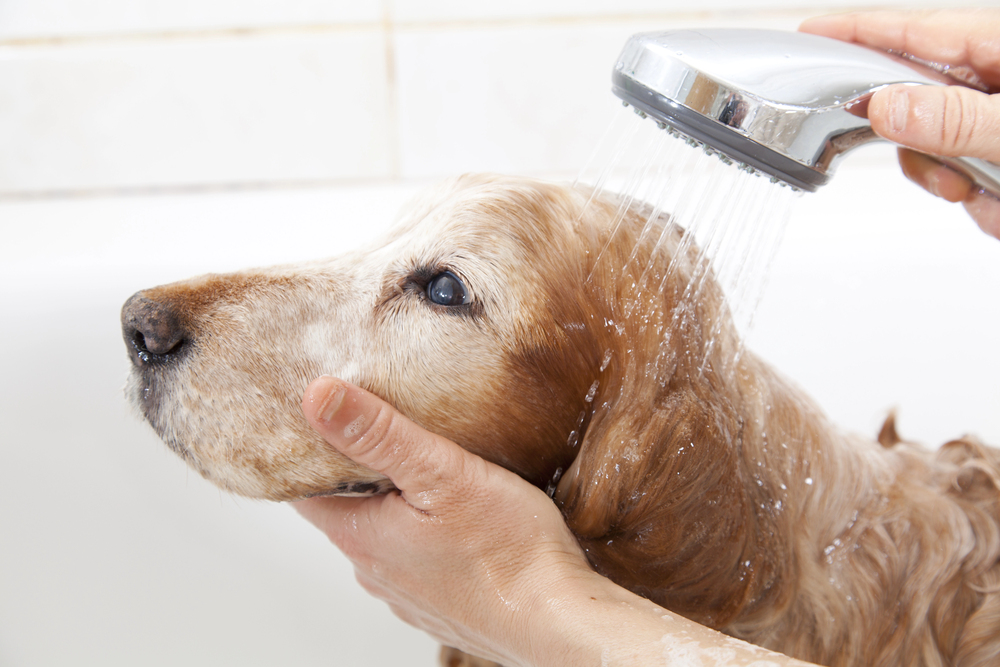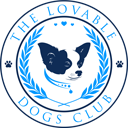Dog grooming is part of pet care that is far beyond appearance. Grooming your dog regularly keeps your dog clean, comfortable, and healthy. It’s also an active process in which you can see to your pet’s health by encouraging healthy skin and coat, avoiding infections, and allowing you to detect abnormalities like bumps, injuries, or parasites. Yet, grooming your dog as often as you should is based upon multiple key considerations such as the dog’s breed, coat, lifestyle, and overall health status.
The Significance of Grooming
Grooming is not an indulgence—it’s an essential part of dog care. Regular grooming improves the health of your dog’s coat by spreading natural oils evenly throughout. It minimizes shedding, prevents tangles and painful matting, and can keep flea and tick infestations, as well as skin diseases, at bay. Grooming also provides an added benefit for mental health in that grooming time is bonding time for you and your dog. Handled dogs become easier to groom and, equally so, easier to take to the veterinary clinic.
Grooming Frequency Based on Coat Type.
Shorthaired dogs
The short-coated dogs like Dobermans, Beagles, and Boxers have an easy grooming process. They usually have to be brushed weekly in order to remove shed hair and distribute body oils. They do not easily get tangled and have coats that remain cleaner for longer. They can be bathed every one to three months depending upon the level of exercise for the dog and its level of dirtiness.
Medium to Long-Haired Dogs
The Golden Retriever, Border Collie, and Setters have thicker coats that must be attended to more often. They tangle worse in places such as behind the ears, under the legs, and in and around the collar. Brush at least twice to three times weekly, and daily when shedding season occurs. Bathe every four to six weeks, and oftentimes more frequently should the dog actively spend considerable time outside.

Double-coated dogs
Double-coated breeds like Siberian Huskies, German Shepherds, and Akitas possess an outside coat and an undercoat. They shed seasonally—extensively in spring and fall—and need regular grooming. They should be brushed several times per week, and daily in shedding season. Every six to twelve weeks, they can be bathed, as well as getting an undercoat rake for removing loose fur. Don’t shave them because they have double coat, which controls body temperature.
Curly or Wavy-Coated Dogs
Poodles, Bichon Frises, and Portuguese Water Dogs possess quite distinctive low-shedding coats prone to serious matting. All three breeds require daily grooming to keep tangles and mats from occurring. Since the coat continuously grows, professional grooming in terms of clipping and sculpting is often necessary every four to six weeks. Every three to four weeks, bathing is needed to maintain the coat’s cleanliness and manageability.
Hairless or Very Short-Coated Dogs
During cool weather, coats can get fluffier and lose some of their softness, while in hot weather, coats can become sweaty and matted. Regular grooming can keep coats in check and prevent tangles. Hand stripping is necessary for medium-coated breeds. Long-coated breeds should have daily brushing maintained for them, while medium- and short-coated breeds can get by with weekly brushing. A soft-bristled brush is best for daily brushing.
Other Grooming Needs
Nail Trimming
It’s an essential part of grooming and should be performed every three to four weeks. Long nails can disrupt a dog’s gait, cause them pain, and potentially cause injuries. When you hear your dog click as they walk over hard surfaces, it’s an indication they need to have their nails trimmed. Dogs who walk frequently over pavement can wear down their nails themselves, but indoors, they tend to need to be trimmed more.
Ear Cleaning
Cleaning your dog’s ears prevents infection, particularly in floppy eared breeds and those breeds susceptible to ear-wax build-up. Ears must be examined each week and cleaned every two to four weeks using an ear cleaner recommended by your veterinarian. Never use cotton balls in the deepest part of the ear canal. Redness, odor, or over-itching can be an indication your dog requires increased cleanings or veterinary care.
Dental Care
One of the most overlooked areas of dog grooming is oral hygiene, yet oral health is just as vital as grooming the coat. Your dog’s teeth should be brushed daily using a toothbrush and toothpaste meant for pets. If daily brushing isn’t possible, brush two to three times weekly. Brushing regularly prevents plague buildup, gum disease, and halitosis. In addition to regular brushing, professional cleanings at your vet should be done each year or as directed.
Eye Cleaning
Some breeds of dog, such as Pugs or Shih Tzus, have tear staining or discharge. Cleaning the area surrounding the eyes daily using a damp rag or dog-safe wipe prevents staining in this area. Monitor for changes in tear color or tearing amounts, as they can be signs of underlying disease.

Lifestyle Factors That Affect Grooming Frequency
The lifestyle of a dog largely contributes to the determination of its grooming needs. Dogs who spend extended periods outdoors, hiking, in the water for swimming, or playing in mud can benefit from regular baths and brushing. In cases of dogs who enjoy playing in the water, note to clean them well after chlorine or salt water contact to avoid irritation to the skin. Active breeds tend to wear down their nails in the process, yet they might get dirtier, so check for dirt and clean them regularly.
Indoor dogs, in contrast, might not have to be bathed as frequently. Yet, they still require regular brushing, nail clipping, as well as dental hygiene. Whether or not one’s dog seems extremely clean, adhering to a grooming schedule keeps its coat and skin healthy and prevents unseen problems affecting its health.
Home Grooming vs. Professional Grooming
A home grooming session can be highly fulfilling and is ideal for those dogs whose coats are short and easy to groom. It contributes toward strengthening your bond with your dog as well. It only requires good-quality equipment—brushes, combs, shampoo, nail clippers, and ear cleaners—along with some practice and patience.
But for breeds that need specialized coat grooming or have high grooming needs, professional grooming is usually best. Trained groomers can perform complex trimming, dematting, and even more delicate procedures such as gland expression and sanitary trims. Even when you do everything at home, booking an appointment for professional grooming every few months can keep your dog’s coat in its best possible shape.
Identifying When Grooming is Required
Watch for signs your dog is overdue for grooming. Matted fur, foul odor, visible dirt, or excessive scratching and licking are all signs grooming is due. When your dog’s nails click as they walk across the ground, or when they have an offensive odor in their ears, those are sure indicators that immediate attention is in order. Dogs can’t alert us to what’s bothering them, but these signs keep you one step ahead of future problems.
Conclusion
Regular grooming of your dog is an integral part of promoting their health, happiness, and comfort. While grooming requirements differ from breed to breed, all dogs appreciate regular coat maintenance, ear cleaning, healthy nails, and oral care. With knowledge of your dog’s coat quality, lifestyle, and personal tendencies, you can create a grooming schedule optimal for both you and your dog. Whether you groom your dog at home or have them see a professional, consistency is key. A clean and well-groomed dog is not just easier to live with, but tends to live a healthy, long life.

